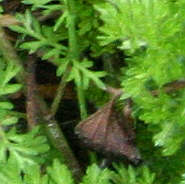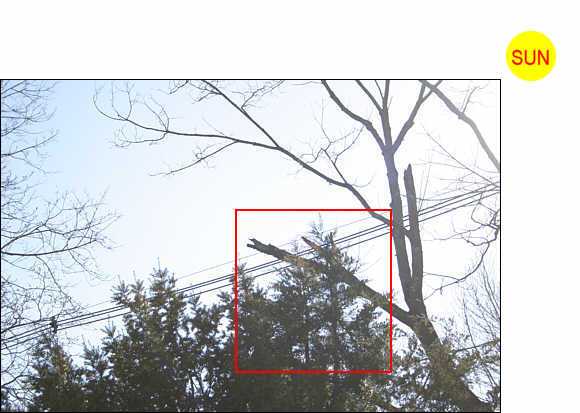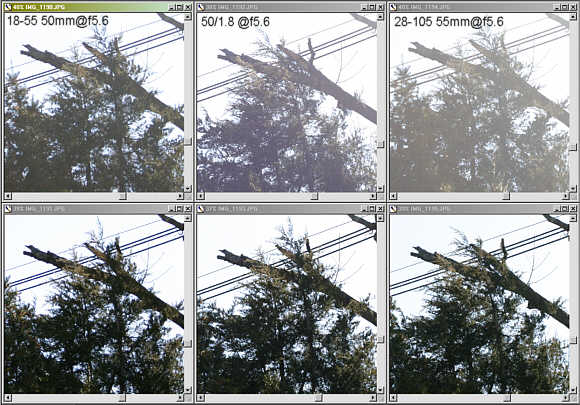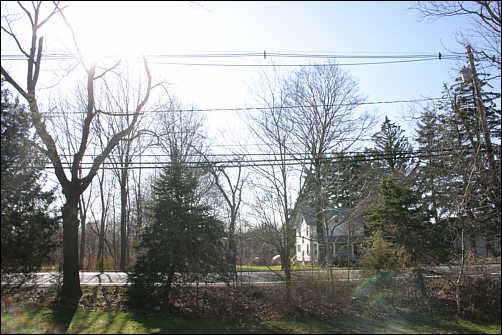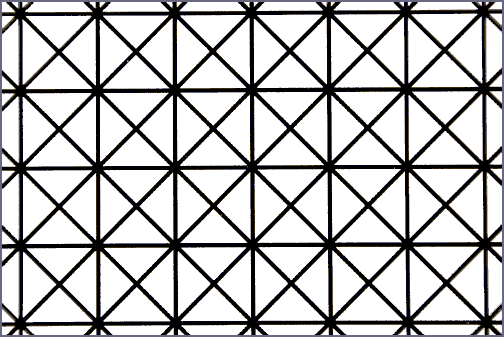
CANON EF-S 18-55 LENS REVIEW |
Canon EF-S 18-55/3.5-5.6 Lens ReviewPurple FringingDoes the 18-55 used on a Digital Rebel exhibit the dreaded digital "purple fringing"? The short answer is yes, it does. It's detectable at all focal lengths and apertures, though that's not really as bad as it sounds. While it may be "detectable" if you shoot under adverse conditions and you really look for it, it may not be visible when shot under normal condition - even if you still look for it! Purple fringing is normally mostly due to chromatic aberration from the lens (we won't get into debates about whether blooming or the sensor optics - microlenses and filters - are involved, but they often may be). Most lenses - especially wide angle lenses - especially zooms - show some degree of purple fringing and the 18-55 is no exception to this. There's nothing you can do to reduce chromatic aberration in a lens if it's there to start with, stopping down does not help. You can play tricks in PhotoShop post-exposure which can reduce the effect significantly, and there are several free Photoshop plugins which can semi-automate the task. See for example the plugins which are available from Tom Fiddaman at http://www.sd3.info/pf828/
Above are 200% crops from 3 frames shot at 50mm. On the left is a shot from the 28-105 at 50mm. The "fringing" here is actually more red than purple, but its visible. The center shot shows the 50/1.8 lens performance and you can see that color fringing is slight. On the Right is the 18-55, which is clearly showing a significant amount of purple fringing. As I said above, stopping down doesn't help. Note that such aberrations are MUCH more visible when you shoot a dark line against a very light background. In the above images, the white background is blown out and registers at or close to 255, 255, 255 R,G,B. The fringes are actually the result of the blue/purple component of the intense white background being slightly displaced due to chromatic differences in image magnifications (otherwise known as lateral chromatic aberration). On a "normal" subject, even though it's there you may not even notice it. How much of an issue it is depends on what you shoot and what your requirements are. Below is a 100% crop of the corner of a shot taken with the 18-55 set to 50mm (F11) on a more "normal" subject. There's not a lot of blue in this image and there are no regions where there is an abrupt change in the blue content, hence the result of a small shift in the blue component of the image is virtually unnoticeable and chromatic aberration effects don't cause a significant loss of image quality.
If you routinely shoot images of tree branches against white skies, then purple fringing will be a matter of great concern for you. If you don't, then it may not matter all that much. It's never a desirable quality in a lens, but sometimes it's not as much of a handicap as you might think. FlareLike every lens, there's some flare if you have a bright object in or just outside the frame. The solution for this when the light source is outside the frame is an efficient lens hood or other method of shading the lens. I didn't do a lot of flare testing but I did take few shots with the sun just outside the frame at 50mm and f5.6. The full frame view is shown below
Below is a comparison of the 18-55, 50/1.8 and 28-105/3.5-4.5. Quite surprisingly, while all 3 lenses suffer from flare, the 18-55 seems to show least effect. The top row of images are without any shading. The bottom row if images are with the lens shaded (with my hand!). Note that a standard lens hood would probably not have been very effective for the zoom lenses, since it has to stay outside the frame at the widest lens setting, and an 18mm (or 28mm) lens hood on a 50mm lens isn't very efficient and won't block any light source which is only just outside the frame.
Finally here's a shot at 18mm (at f11) with the sun actually in the frame. Yes there's flare, but it's no more than you might expect in this extreme situation.
Overall I'd say the flare performance of the 18-55 is above average. It's still a good idea to use a lens hood though, and an even better idea to use more efficient manual shading (hat, hand, card) under really tough conditions. Close-up PerformanceThe 18-55 is actually pretty good. It gives 0.28x (a little over 1/4 life size) at the closest focus distance (11" from the sensor plane, about 5" from the front of the lens) at 55mm and distortion is very low. In comparison, the best a 50/1.8 II can do is 0.11x (1/9 life size). Barrel distortion is pretty bad when close focused at 18mm and corner image quality isn't great, but who uses an 18mm macro lens? (I should know better then to ask that if I don't want angry email from the 18mm macros shooters club, but I'll risk it).
55mm macro shot. Coverage = 5mm x 7.5mm [NEXT: Summary and Conclusions]
© Copyright Bob Atkins All Rights Reserved |
|

